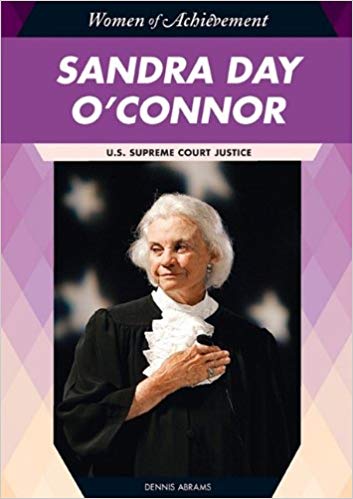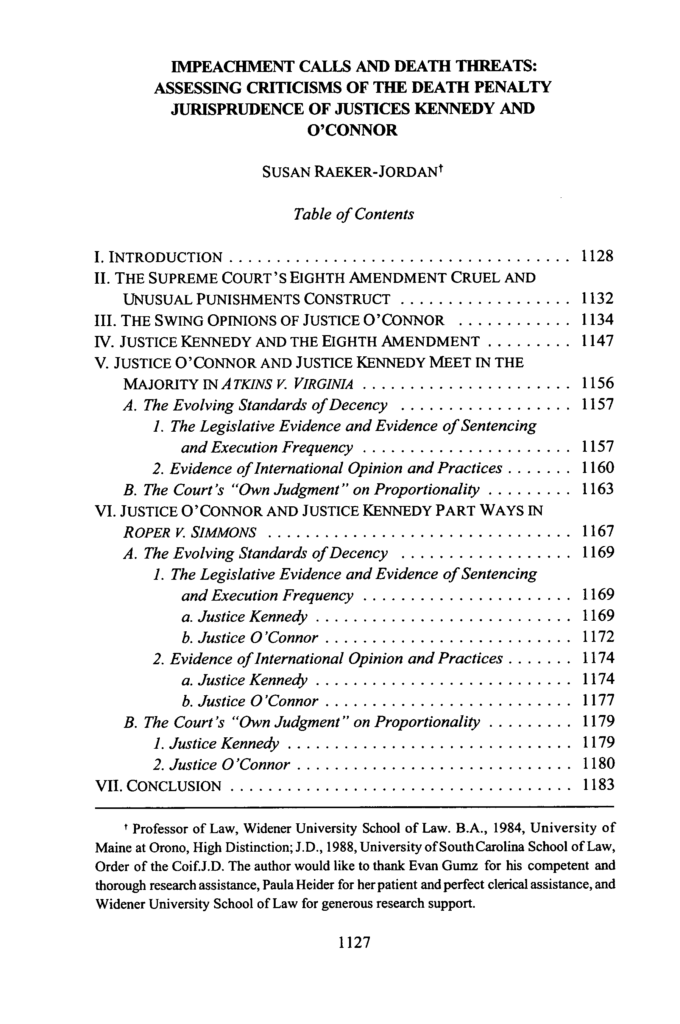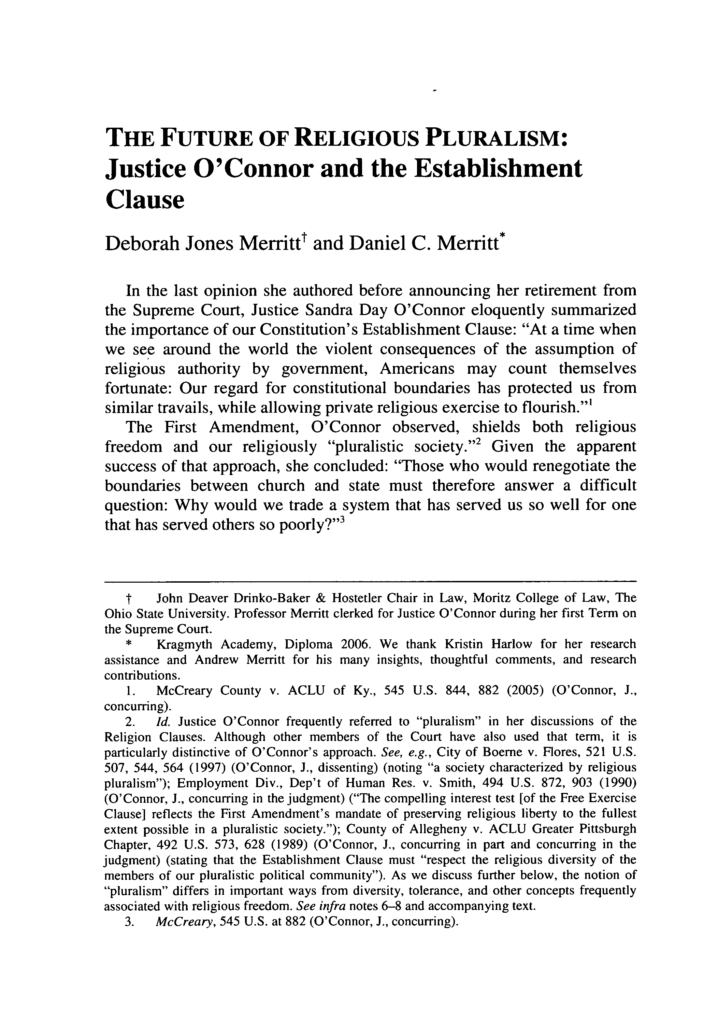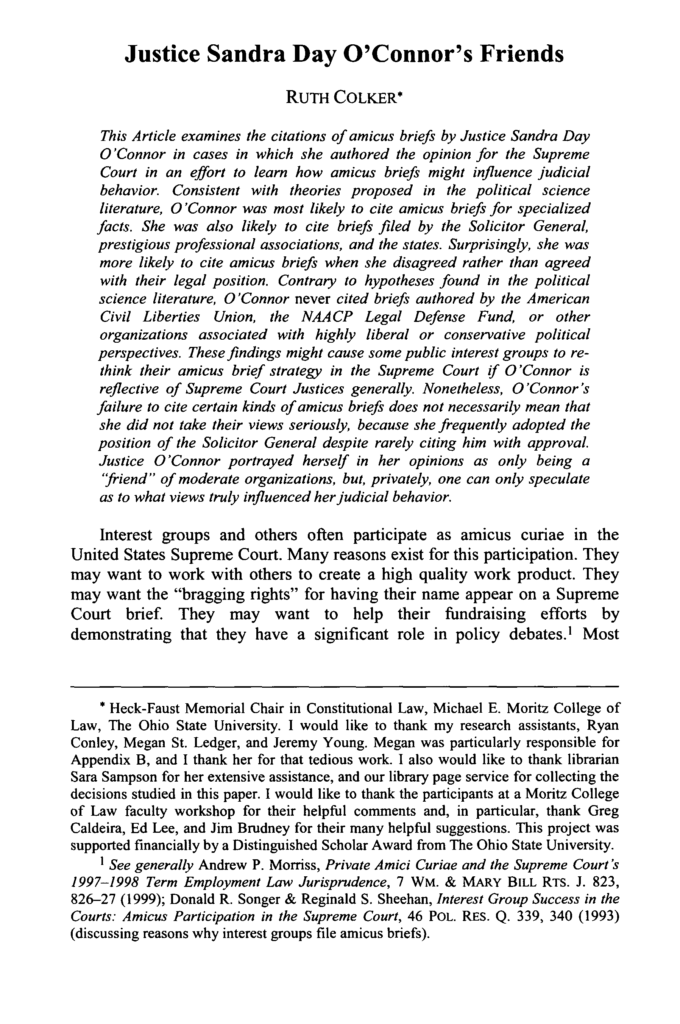Civil rights violations restricted to intentional bias, court rules
WASHINGTON – The Supreme Court has ruled that an 1866 law that protects the rights of blacks is violated only by racial bias that is intentional. The 7-2 decision June 29 strictly limits the scope of a law – now applying to jobs, housing and private schools – that had become a favorite of civil rights lawyers. As a result, the law, which had been viewed as an easier alternative than other forms of federal protection for blacks’ rights, loses some of its potential impact. The court said evidence a policy of a state or local government agency or a private institution had a heavier impact on blacks than on whites is not enough to prove a violation of the law. There must be proof that blacks were treated less well on purpose, the court added. The court also ruled that an organization or institution that does not discriminate intentionally on the basis of race has no legal duty under the law to assure that other groups with which it deals do not discriminate against blacks either. “The immediate evils with which Congress was concerned (after the Civil War) simply did not include practices that were neutral on their face, and even neutral in terms of intent,” Justice William H. Rehnquist said for the majority. The justices had been searching for a test case on the issue for several years, but the earlier cases they had chosen for review ended without a decisive ruling on the law’s reach. The two dissenting justices argued that the 116-yearold law had been adopted by Congress to “blot





